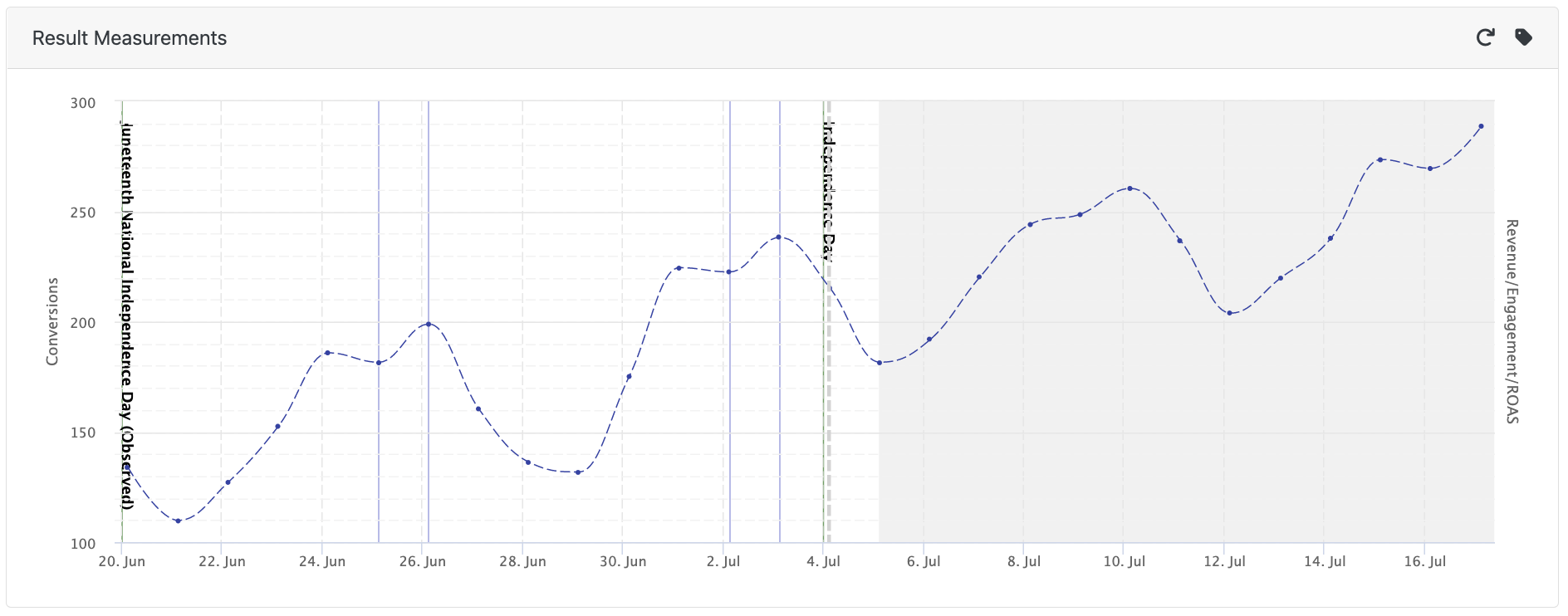This article explains how you can integrate your Long Term Seasonality into the model
INCRMNTAL can utilize your long term historical data in order to train the model to create predictions based on this data, indicating high performing holidays as a “special day” - And creating a measurement that would identify expected peaks.
Every measurement takes seasonality into consideration, and gradual seasonality trends (i.e. summer vs winter , weekend vs weekdays) are picked up by the model without any special requirement. Long term seasonality is only useful when there are exceptional peak period representing an intense variation in marketing performance that is not affected by a holiday.
i.e. Having a peak causing sales to spike up at 5x the normal average during Back to School would be a good reason to include LTS.
What is needed in order to train the model?
- At least 1 year of historical marketing data, per day, country, and OS
- All reported KPIs you utilize on your INCRMNTAL dashboard
Based on this data, the model will be able to pick up your high holidays, and give the seasonality of this holiday an expression in the prediction (including the other paid activities that impact the result).
The following example shows the model picking up on Mother’s Day, where sales go up significantly thanks to the Long Term Seasonality being implemented, vs. the same prediction without it.
Without Long Term Seasonality:

With Long Term Seasonality:
For any question please contact support@incrmntal.com , or open a support Ticket here
